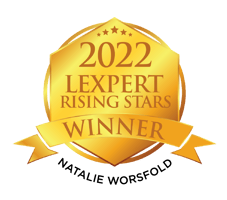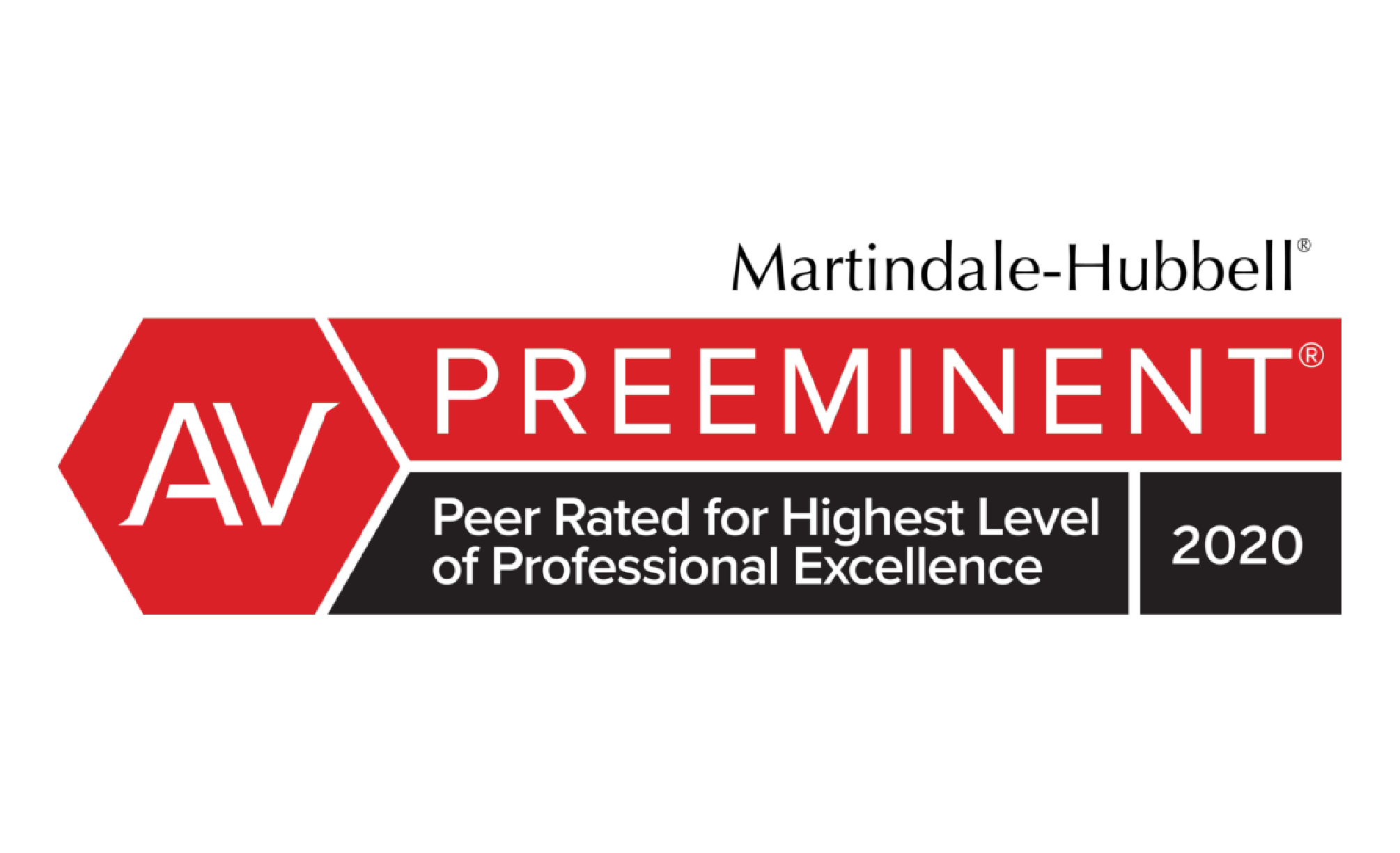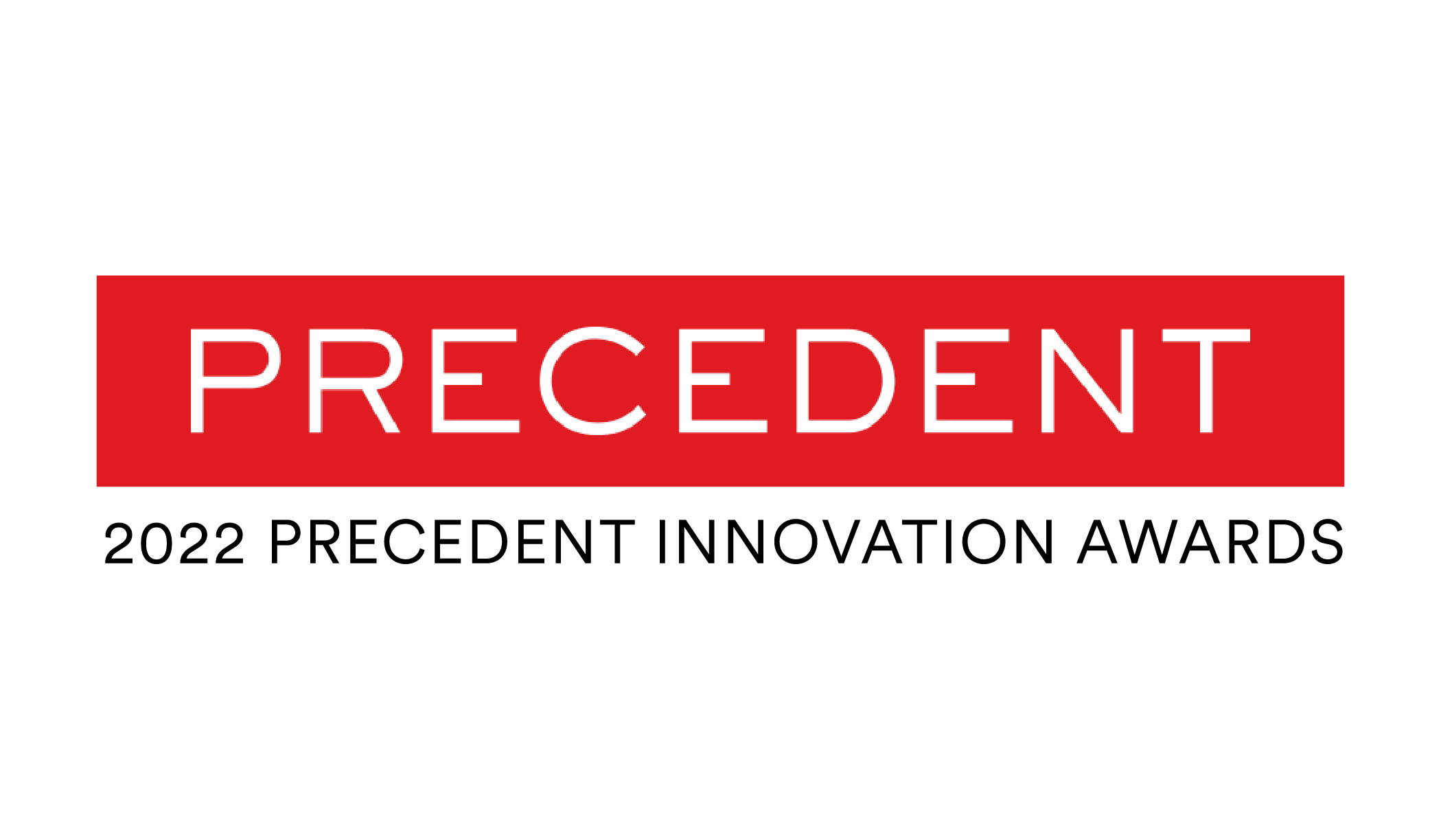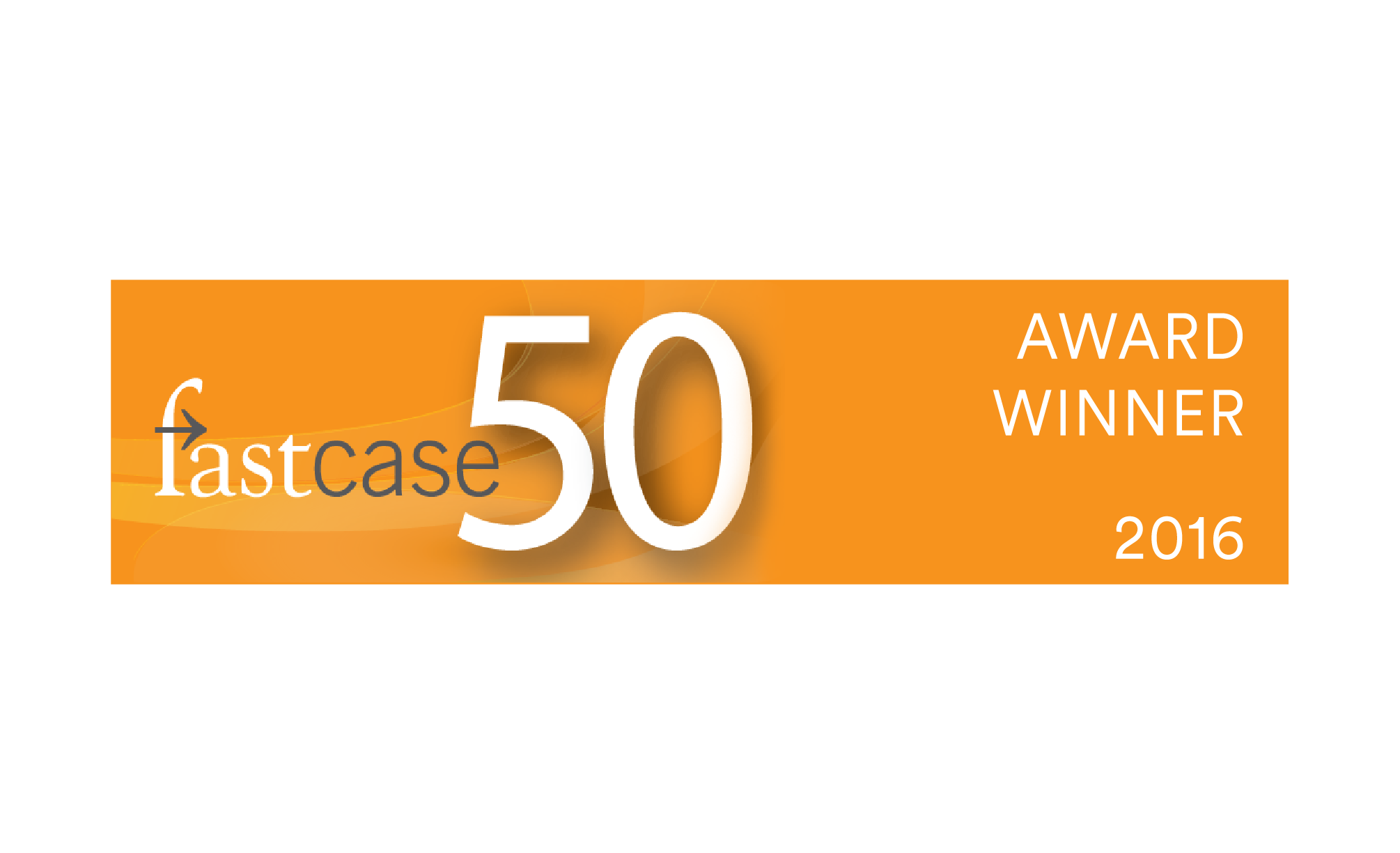
Peter Aprile and Natalie Worsfold interview Rohit Parekh. Rohit is Grapple Law’s co-founder. He is also counsel at Deloitte Conduit Law LLP. Grapple Law is an online CPD platform designed to optimize the user's experience and learning. The group delves into Rohit's experience working at Conduit Law (now Deloitte Conduit Law LLP) and the ways in which a NewLaw environment provided Rohit with the inspiration and freedom to create a better way for lawyers to learn.

Rohit practices intellectual property law and civil litigation with an emphasis on patent, trade-mark, copyright, industrial design, confidential information, licensing and internet-related intellectual property management and disputes for Deloitte Conduit LLP.
Prior to joining Deloitte Conduit LLP (formerly Conduit Law), Rohit had worked with a leading Canadian law firm, an IP boutique as well as a sole practitioner, making him acutely aware and responsive to the needs of growing businesses and entrepreneurs.
In 2014, Rohit and his brother, Rahul, launched Grapple Law an online continuing professional development (“CPD”) provider. Grapple Law provides CPD produced, designed and optimized for online viewing. Rohit is the legal brains behind Grapple Law’s strategic direction. As the head of the Editorial Board, Rohit leads the development of Grapple Law’s content library and engages the Canadian legal community to find presenters.
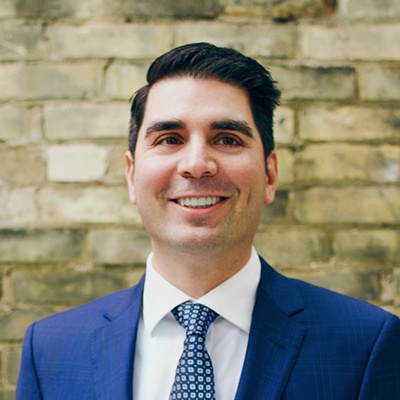
Peter Aprile is a senior lawyer specializing in tax dispute resolution and litigation. His vision as Counter’s founder and his everyday role at the firm are one and the same: to be an agent of change, uncovering opportunities and developing strategies that achieve more than anyone expected. A creative thinker, Peter studies problems from all different angles to find what others have missed. He’s also convinced that he likes winning more than most people.
Different people describe Peter in different ways. At the CRA and the federal Department of Justice, the word relentless comes up quite a lot. Admittedly, so does the word a**hole – but it’s often said with a certain grudging respect, if not affection. Peter’s clients call him a saint. Well, some of them, anyway. His colleagues describe him as empowering and harddriving, but fair. Peter’s friends call him loyal. His wife describes him as a lot to deal with, but worth it. Peter encourages his young daughter and son to call him “The Big Homie,” though with limited success. His mother describes him with the single word mischievous – before going on to complain that he should call more.

Natalie is a tax lawyer who represents individual taxpayers and owner-managed businesses in disputes with the Canada Revenue Agency (CRA). She also successfully challenges CRA decisions denying taxpayer relief and helps facilitate applications under the Voluntary Disclosures Program.
But what you really need to know about Natalie is that she’s a tax litigator with heart. When she takes a case, it’s not out of technical interest – it’s because she cares. And if she believes the government has got something wrong, she won’t stop until it’s been put right. She’s fierce.
Natalie is the co-architect behind many of Counter’s process workflows, software and data analytics systems, as well as our comprehensive knowledgebase (loving named Hank). And when it comes to preparing cases, she’s Counter’s secret weapon – happiest when elbow-deep in evidence, meticulously building creative solutions to seemingly impossible problems. Because the fact is Natalie sees things that other people don’t.
Natalie’s family and friends describe her as loyal, selfless, understanding and fun. They also mention stubborn. To her Counter colleagues she’s a combination of stellar brainpower and contagious enthusiasm who elevates the game of everyone around her.
People
Practices
Tech, Tools & More
- Grapple Law
- The Power of Habit, Charles Duhigg
- The Checklist Manifesto, Atul Gawande
- Clio Conference
[music]
Peter Aprile: [00:06] Hi, and welcome to Building NewLaw. It’s a podcast hosted by me, Peter Aprile, and my colleague Natalie Worsfold. In each episode, we interview lawyers, legal technologists, and other like‑minded people at the forefront of NewLaw.
[00:19] We hope that the podcast connects the NewLaw community and helps us all learn more about the approaches that are changing the way that we practice law. Enjoy the show.
[music]
Sponsor: [00:31] The Building NewLaw podcast is supported by Counter Tax Lawyers, a new type of tax controversy and litigation law firm. To learn more about Counter, go to countertax.ca.
[music]
Peter: [00:41] In this episode, we’re speaking to Rohit Parekh. Rohit was the director of innovation at Conduit, now Deloitte Conduit Law. We’re talking to Rohit today about Grapple, which we’re calling his side hustle. Rohit and his brother Rahul launched Grapple in 2014.
Natalie Worsfold: [01:03] Grapple is an online, on‑demand continuing education service specifically for lawyers. We hate traditional CPD, and we love Grapple. Rohit and Rahul looked at traditional CPD, imagined something different, and built a better solution.
Peter: [01:16] Which sounds like our type of thinking. We reached out to Rohit to learn more about his journey, and how grapple is changing the way that lawyers learn and satisfy CPD requirement. Here’s our interview with Rohit.
[music]
Peter: [01:26] We’re here to talk about Grapple. Why don’t you start by telling us what Grapple is.
Rohit Parekh: [01:36] Grapple Law is an online legal continuing professional development website. It’s a place for lawyers to get both their substantive hours, and their professional, across Canada. We’ve designed it to be enhanced for online learning.
Peter: [01:49] Can you tell us a little bit about how the content is optimized?
Rohit: [01:54] Everything we do is broadcast‑quality audio and video, which is a little bit different than a traditional recording of a webcast. In addition to that, we’ve also split the modules up into smaller segments.
[02:03] An hour‑long presentation will be split into two or three smaller chunks of 20 to 30 minutes, so people can fit it in more readily in their day.
Peter: [02:11] It’s broken up into separate chapters, I guess you’d say.
Rohit: [02:14] It is. The series will be broken up into different modules, and then each module has a start and a finish. They all string together to cover one larger topic.
Natalie: [02:22] Even within the videos, you’ve got things broken up with slideshows, and things like that as well, right?
Rohit: [02:26] Yeah, each of the lecture‑style presentations, we actually film it with two different cameras, as well as a screen capture of the slideshow presentation. We can use dynamic editing to cut between the two camera shots and the slideshow, which makes a much more compelling product.
[02:40] It’s not the single talking head, or from the back of the room shot of somebody standing at a podium 50 feet away.
Peter: [02:46] Can you give us some examples of some content that you have up right now?
Rohit: [02:49] Some of the more popular content that we have right now is professionalism. We have a series on effective communication for lawyers, that teaches them how to write the way people read. We’re actually going into some of the psychology and science, into how people read emails, and other written documents, to figure out how you can better draft those documents to make yourself understood.
[03:09] There’s also a legal writing seminar as well that goes over some of the basic grammar rules to help people avoid writing in the passive voice, for one thing, which is...
Peter: [03:18] Something we’re big on.
Rohit: [03:21] Yeah.
Natalie: [03:21] You guys focus mostly on the professionalism side, or you have substantive as well?
Rohit: [03:24] In our initial offering, we thought that it’s more difficult to get good quality professionalism programming than it is substantive. We wanted to make sure there was enough professionalism content on there, so that people who are looking for three hours that are usually hard to find were able to find it quite easily, and find products they would be interested in watching.
Peter: [03:42] One of the other nice things about Grapple is your layout and user experience is actually really good. You guys put a lot of effort into that. From a user’s perspective, it does show it. It’s a great job.
Rohit: [03:52] Thank you.
Natalie: [03:53] Can you tell us a little bit more about how you came up with this idea?
Rohit: [03:57] Having had to do the mandatory hours of CPD for a number of years as a lawyer, I found myself more and more scrambling towards the end of the year. It was not something that I looked forward to, generally.
Natalie: [04:07] I was going to ask if your sales spike in December.
Rohit: [04:10] They did. I was thinking, actually, of giving an award to the last person who buys one. In 2015, the last purchase was made at 10:49 on December 31st.
Natalie: [04:21] That’s amazing.
Rohit: [04:23] Because it is a mandatory requirement from the Law Society, a lot of people don’t take the opportunity to actually learn a lot from it. Especially if you’re in niche areas of the law, there’s a lot on your particular niche area.
[04:35] We wanted to come up with the professionalism content that people could find. Having gone through that process, I knew that there was probably a better way of doing it. As most people would agree who are listening to this, the traditional model for webcasts is turn it on, turn your chair 90 degrees, work on a file while it’s playing in the background.
Peter: [04:52] I have no idea what you’re talking about.
Rohit: [04:54] None of the listeners do, either. We wanted to create a product that people would actually seek out. To do that, we had to come up with a new way of delivering it. My brother was involved in a project to do a continuing medical education site for one of the hospital networks in Toronto.
[05:12] He was showing me what he was doing one day. I looked at, I thought, “This looks fantastic.” He said, “Do you think you need something like this in law?” I’m like, “Yes. Yes, we do.” That was the birth of it.
Peter: [05:22] How long ago was that?
Rohit: [05:23] That was in late 2012, early 2013. We actually sat down and started planning this probably September, October 2013. It’s when we sent out the survey to every lawyer I know across the country to figure out what people wanted, what they liked about online learning, what they didn’t like about it, what type of areas they were interested in, and how much they were willing to pay.
[05:43] We used that as a basis, and then built the platform.
Peter: [05:46] Were you already all‑in at the time the questionnaires went out? Did you know that you were going to do this, or was there stages before that, in which you looked to think about, “Is there an actual need for this in the market? Is there a real business case?”
Rohit: [05:58] When we came to actual doing the business case, we look at who else was out there, what they’re providing in terms of both content, and the way they’re delivering it. Then we sought to distinguish ourselves, not necessarily on the content, that we’re going to do something that no one else is doing, although technically we are in the way we’re providing it.
[06:14] We wanted to come up with a new delivery method. There is more of an appetite now for people to do their learning online, where there may not have been.
Peter: [06:21] There’s networking opportunities attending a live program that you don’t otherwise get. I’ll be the first to say I have really no real interest in attending many live seminars. It’s just the idea of taking that travel time.
[06:34] It becomes a much bigger thing than it needs to be. One of the nice things about Grapple is I can sit in my boardroom, and throw a sandwich in my mouth, watch 20 minutes of a Grapple video, and then move on. Great, I’ve knocked off a little piece of CPD for the day. I’ve learned something, and I can move on.
Rohit: [06:47] For the majority of the practitioners, especially outside of the city of Toronto ‑ practitioners from London and Windsor ‑ they just don’t have the same access. They rely on their own local law associations to put on live presentations.
[06:59] Some of them do great jobs. Frontenac has their fall law summit. They attract some tremendous speakers out there, but that’s a lot of work that they put into that weekend.
Peter: [07:07] Are larger organizations responding to Grapple, and coming on board, and helping deliver Grapple to their members?
Rohit: [07:14] They’re one of the target markets that we’ve invested in the past year to try and contact. There are some law associations that are certainly very grateful for this service. They see it as not something to replace all live CPD, but certainly as a supplement.
[07:27] If they can get five or six hours outside of putting on live presentations for their members, then that reduces the resources they have to spend.
Peter: [07:35] The answer for good quality CPD, and good experience, is probably, “A little bit of everything.” I want to be part of a group, being evaluated live, if I’m doing any sort of practical litigation training or something like that.
[07:47] If I’m listening to some of the more practical things, that’s a little bit better program to have bite‑size chunks.
Natalie: [07:54] I definitely think bite‑size chunks. I will learn better if I have the opportunity to press pause, think about what’s just been said, and how I could apply that, rather than just have them keep talking, and I’m frantically trying to write down my notes or something.
[08:05] One of the reasons we really wanted to talk to you was it’s a classic thing that we encounter, where you find something that has a problem. You can design a better solution in your mind, and then you seem to have actually implemented the solution.
[08:16] That’s what fascinates me. What actually made you take this on as a side project?
Rohit: [08:21] At the time, I was working at Conduit Law, which has now formed an affiliation with Deloitte. Working at Conduit Law, for those who don’t know, it’s a dispersed legal model, where lawyers are being embedded within their clients’ offices.
[08:33] I was also Director of Innovation. I did the trademark work and intellectual property work, as well as some litigation. I wasn’t embedded in clients’ offices as much. I had a tremendous amount of flexibility with my time.
[08:45] It was during that time where we were constantly innovating new ways of doing things, that this fit exactly into, “Well, I can now innovate a new way of doing online CPD.” It wasn’t really a situation where I thought, “Can I do this?” It’s, “Should I do this?”
[09:02] It was also in the back of my mind. People who practice traditional law will understand this. There’s only so many hours in the day. When you’re billing people for the work that you’re doing, you hit a cap. You can only work so hard.
[09:15] After that, you need to sleep. You need to eat. You need to see your family. There’s a certain limitation of your income. If you can create a system where you can create a product once, and then continue to sell it, then you can actually get a higher rate of return for the effort that you’re putting into it.
Peter: [09:30] Is that something that came to be because of your work at Conduit?
Rohit: [09:34] I wouldn’t say prior to joining Conduit that I had that many aspirations. I was always great with ideas. I just never followed through on any of them.
Peter: [09:41] This is what’s really interesting to me. You joined Conduit, and something triggered in you that said, “OK, I should do this now,” or, “I can do this now.”
Rohit: [09:49] Yes.
Peter: [09:49] First of all, tell me what about the Conduit environment allowed you to do that. It’s just a business like any other. It seems that way. Why is it any different? Why did it have this energy that inspired you to go in that direction?
Rohit: [10:01] The way Conduit started was through Peter Carayiannis. He and I had practiced together at Gowling many years ago. We ran into each other. He said he was starting a new law firm, and told me a bit about it. I’m like, “Sign me up. I’m in.”
[10:14] Then we started from a blank slate. As he would describe it, we took a traditional lawyer, put them in a wind tunnel, cranked up the speed, and then whatever fell off was unnecessary. Every process, in terms how are we going to open the files, how are we going to manage the data, how are we going to do the invoicing, all of that was starting from scratch.
[10:32] It’s that starting from a blank sheet of paper mentality allowed me to then approach everything with that mentality.
Peter: [10:40] What’s interesting to me is lawyers didn’t do this before. Lawyers didn’t try to start with a blank piece of paper. You didn’t before this, either. When I look at what’s happening in the legal industry, and I think your story is telling in the way that something has happened with lawyers themselves, or from the outside world.
[10:59] Natalie and I were discussing before you came in is, is this you and Peter, or whomever the lawyers are, looking at themselves and say, “How can we do this better?” Or is it clients looking at lawyers, and saying, “We want you to do this better,” which then causes lawyers to look internally?
Rohit: [11:12] That’s a chicken and egg problem.
Peter: [11:15] You were entrenched. You were at Gowling. You came up through that traditional system. Is that fair to say?
Rohit: [11:22] Yeah.
Peter: [11:21] There’s a moment of time [laughs] where you’re standing in the skating rink, and saying, “I’m going to completely leave all that behind, and try this.” What was happening at that time?
Rohit: [11:31] At that time, I was working at an IP boutique. I was becoming more and more disillusioned with working at a larger firm. I was very happy as a sole practitioner, but again, I left in 2008, 2009 when a lot of my clients realized they didn’t have any money left to pay me.
[11:46] That’s when I went into the boutique environment. I was never disillusioned with the practice of law. It’s always part of the business aspect of it, having to develop a “Partners’ practice.” For those who can’t see, I’m using air quotes.
[11:59] It’s for developing a “Partners’ practice,” and this path to partnership. It always seemed like it was this pie‑eating contest, where the prize is more pie. I didn’t want to go down that road. That wasn’t something I was interested in.
[12:11] When I was talking with Peter, he was like, “We’re going to create a separation between the practice of law and the business of law.” That really spoke to me.
Natalie: [12:18] It’s that that supports why I think it’s more the lawyer’s perception of a lawyer is that’s driving this change. You made a choice about what you saw a lawyer being. There was potential there for more freedom, and to separate the business of law.
[12:31] That speaks to the lawyer side. Your client wasn’t asking you to do that.
Rohit: [12:36] The clients know what they want, and they’re flexible on how they get it. It’s that flexibility that allows the lawyers to then come up with a service model. There’s very clients that will approach a lawyer saying, “I’m happy and excited about the billable hour.”
[12:53] They don’t like paying for time, but they’re willing to pay for solutions. That’s what lawyers should be selling. That’s the value proposition. Rather than developing a model that’s based entirely on how much time I spent on this, let’s try to figure out where you want to be, and how to get there the most efficiently.
[13:11] If they get there, whether it’s a billable hour model, or through alternative fee arrangements or fixed fees, the clients don’t care, as long as they get where they want to go. It’s up to the lawyers to figure out the solution.
[13:23] We’re not the first industry to do this. We’re probably the last industry to make the change. You can learn things. There are part‑time CFOs that have been operating that way for 10 years.
Peter: [13:34] Do you have any idea, when I start thinking of NewLaw – and again, when I see where you’ve come from, and what you’re doing right now, I think, “There doesn’t seem to be any limits.” That’s one of the things that this evolution of the legal industry is providing all of us, which is this idea that we don’t have to be any one thing anymore.
[13:51] Do you feel that way? Do you find it freeing? Do you find you’re outside the traditional system? Where does it go from here?
Rohit: [13:58] That’s part of the excitement, is that you can continue to do different things. Things can overlap. You don’t have to be doing just one thing at any one time. If you have the drive and if you have the inclination, you can certainly do more than one thing at once.
Natalie: [14:13] Do you have tips for people who are thinking about a side project, but haven’t made that leap yet?
Rohit: [14:20] There’s a lot of things that lawyers do or that law firms traditionally do, that don’t need to be done by law firms. A few lawyers that I’ve talked to recently at big firms, and various different practice areas, said, “You know what? If we could just automate this process, we could save our clients a chunk of money.”
[14:37] I always say to them, “Why don’t you figure out a way to automate it, and then create that other company, and then have your firm just send all the work to them?” They’re like, “Yeah, I know, but I’m pretty happy with what I’m doing.”
[14:48] For those people who are complacent in their jobs, they’ll continue doing what they’re doing. There’s certainly a lot of very ripe areas within the practice of law to do a lot of different things.
Natalie: [15:00] In terms of tips, it would be sniff out opportunities, start with that blank sheet of paper and make the leap?
Rohit: [15:05] Making the leap is the toughest part. Anybody who is going to make the leap to come up with a new process that would serve the legal community, make sure that you have somebody who’s going to be referring work to you.
[15:16] If you are at a big firm, try to develop those relationships, and make sure you keep cultivating them after you leave to continue to get those referrals. That’s the biggest piece of advice, is know where your work is coming from, because it’s not always easy to find it.
Peter: [15:29] If you had one thing that you wish you knew before you started this journey with Conduit or with Grapple, what would that be?
Rohit: [15:36] I wish I knew more about how to be more productive. There’s a book that I’m reading now, “The Power of Habit”. I think that every person, no matter what they’re doing, should learn to be as productive as they can be.
[15:50] If you can maximize your productivity, you’ll free up the time to do those other things that you want to do. If that’s going kayaking, then go kayaking. If it’s building a new way of doing something, and getting out of the practice of law, then that’s certainly something you should explore.
[16:05] The other one I would also suggest, just in terms of maximizing processes, “The Checklist Manifesto”. It’s a fantastic book to look at how everything is done, and how you can systematically approach every problem, and come up with a checklist.
[16:19] It makes it repeatable. It reduces the amount of errors, and it makes everything more efficient.
Peter: [16:24] Was that the background to what you were doing with Conduit, when you guys were...
Rohit: [16:26] That was a lot of it.
Peter: [16:27] You guys were going into these business books, and saying, “What can we pull from here, and how do we map this onto the practice of law?”
Rohit: [16:32] Exactly.
Peter: [16:33] One of the other things that we often touch on at the end of these is we’re always looking for people who are not on our radar right now who are doing cool and interesting things in the legal industry. Who do you know of that’s under the radar?
Rohit: [16:47] Mitch Kowalski’s Innovators Lunch is a good place. It’s not simply just the echo chamber of everybody saying the same thing. You get tremendous inspiration from other innovative ideas that people are having.
Natalie: [16:57] Especially in Toronto, actually. I’ve been surprised at how many of the same faces I’m seeing, and just how many people are building wonderful startups.
Rohit: [17:04] It’s not just in Toronto. Even at the Clio Conference, I met some people from London. There was somebody from Windsor, a few from Ottawa as well.
Peter: [17:10] The last thing I want to ask. Building NewLaw, we’re out there. We’ve been doing this. We’ve been getting a lot of engagement on social media by Americans. The Canadian engagement is much lower.
Natalie: [17:22] I think it’s just under the radar, though.
Peter: [17:23] Is that what it is?
Rohit: [17:24] I think that we are laggards. Not necessarily that people in Canada aren’t as innovative. We’re just coming a bit late to the game. Axiom’s been around since 1999, whereas that service model of delivery didn’t hit Canada until 2007, when Cognition first came out.
[17:45] It’s not that Canadians aren’t innovators or Canadians aren’t engaging with other innovators. The United States was just there first.
Natalie: [17:52] Social media’s a bad measurement, too, because a lot of lawyers are scared of social media.
Rohit: [17:55] A lot of lawyers are scared of technology. Social media is something they just can’t handle.
Peter: [18:01] That’s the lesson I’ve learned throughout all this. Lawyers are very scared. Period. They’re pessimists by nature.
Rohit: [18:05] Cautious. A client walks into my office, is full of optimism. His business is going to be the best thing ever. He’s the next Facebook, and I just [bleep] all over. Here are all your problems.
Rohit: [18:20] This is where everything’s going to go wrong. He’s like, “I was so happy when I came in.” We’re trained to find the weakness, and to find the problems. That bleeds over into our practice, and how we deal with things.
[18:34] We tend to identify the weaknesses and the problems, as opposed to looking for the opportunities.
Peter: [18:39] I’m generally starting every new client meeting with, “I’m sorry that you’re here.”
Rohit: [18:44] I end every litigation retainer with, “If all goes well, we’ll never meet again.”
Peter: [18:48] If all goes well, we will meet again. Thank you so much for doing this today. Very much appreciate it.
[music]
Peter: [18:55] It’s interesting that here’s a guy that started in a traditional environment, and slowly seemed to find other opportunities. He had a Conduit opportunity. He took that opportunity, has grown that, then found the idea of Grapple, and is now taking that to another level as well.
[19:18] To see somebody come from a traditional environment, and to grow into I guess what is NewLaw, it’s pretty neat. I suspect that this isn’t the last thing that Rohit is going to build.
Natalie: [19:28] Just based on what he was talking about with his background, it sounds like Rohit’s always been of an entrepreneurial or innovative‑type of bent. What was interesting to me was how he had never acted on that previously, or had been talking about his ideas, rather than executing and implementing them.
[19:44] The effect NewLaw and NewLaw business structures have on pushing people towards implementation, as opposed to just sitting down, thinking about things.
Peter: [19:52] He said it himself. He didn’t feel like he had it in him before. He said that Conduit brought that out in him. There was something to this whole culture thing, and being in an environment, it’s that white sheet environment that he was talking about.
[20:06] It’s, “Let’s start with a blank slate, and assume that there’s no limitations,” and figure out what the possibilities actually are.
Natalie: [20:11] Do you think it’s a level of comfort as well? It’s like, “I’ve got a business where I can have some solid income, and then this now gives me my time for my side project.”
Peter: [20:22] Absolutely. They had security from what Conduit was, and built it into something more, which gave him further security, which allowed him to do the whole Grapple idea. I do think that once you achieve some measure of success in some more traditional projects, that it allows you the confidence to try something that’s a little more out there.
[20:42] Maybe Grapple the little more out there.
Natalie: [20:45] I liked how Rohit was working with his brother. Rahul had this experience in the medical industry, and he’d learned the lessons on the medical side. It’s the idea of bringing expertise and experience from other professions into law.
Peter: [20:59] To take off on that, he was also talking about how they did that within Conduit as well. Now how that applies to Grapple, and probably whatever else Rohit is going to do. He’s pulling from different areas, and then bringing it to law, and then saying, “I’m going to map this on, and build something better.”
[21:14] If anybody’s interested in taking a look at Grapple, I would encourage that. You can go to grapplelaw.ca. Thanks for joining us, we’ll see you the next time.
[music]
Natalie: [21:23] For this episode’s show notes and transcript, please visit our website at buildingnewlaw.ca. We’d love to hear from you, and if you have any feedback, feel free to send an email to info@buildingnewlaw.ca or come and find us on Twitter @BuildingNewLaw.
[21:43] Don’t forget to subscribe on iTunes, our website, or wherever else you get your podcasts. This has been Building NewLaw. Join us again for another episode exploring the approaches, processes, and tools that are redefining how we practice law.
[music]
Sponsor: [21:54] Thanks for listening to the Building NewLaw podcast, brought to you by Counter Tax Lawyers. To learn more about Counter, go to countertax.ca.
[music]
Lawyers that have completed the S01E08 BNL CPD can claim a 25 minute Professionalism CPD credit.
- To access the S01E08 verification examination click this link.

.jpg?width=120&name=Counter%20Tax%20Litigators%20Logo%20Stacked%20(MidnightBlue%20on%20White).jpg)


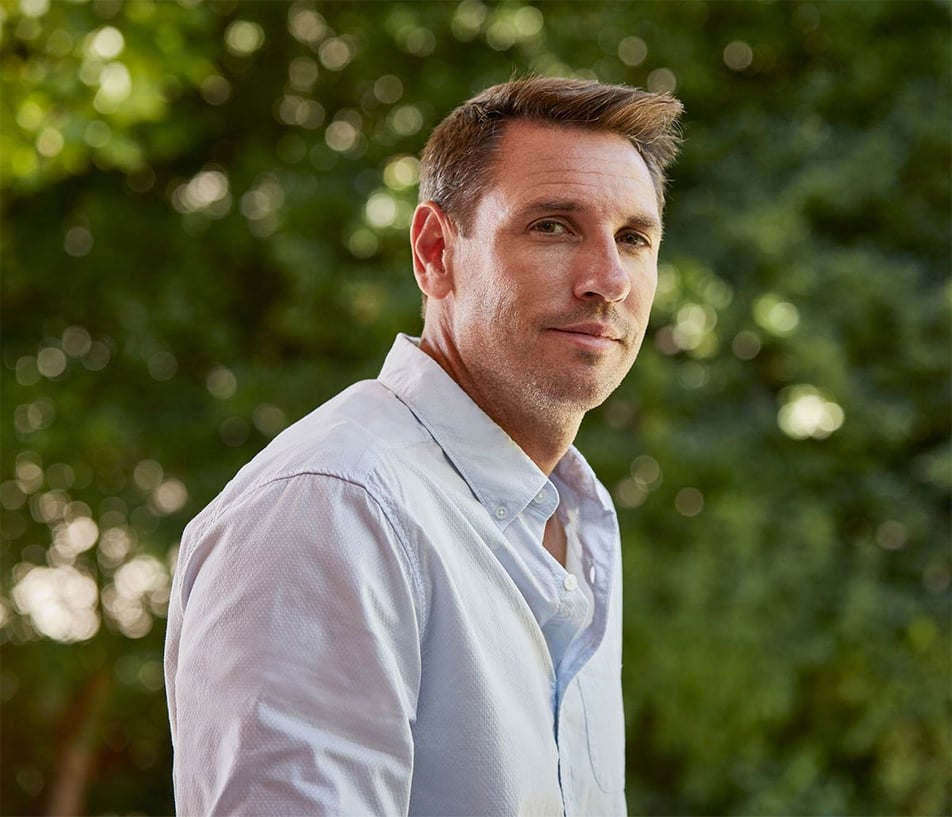

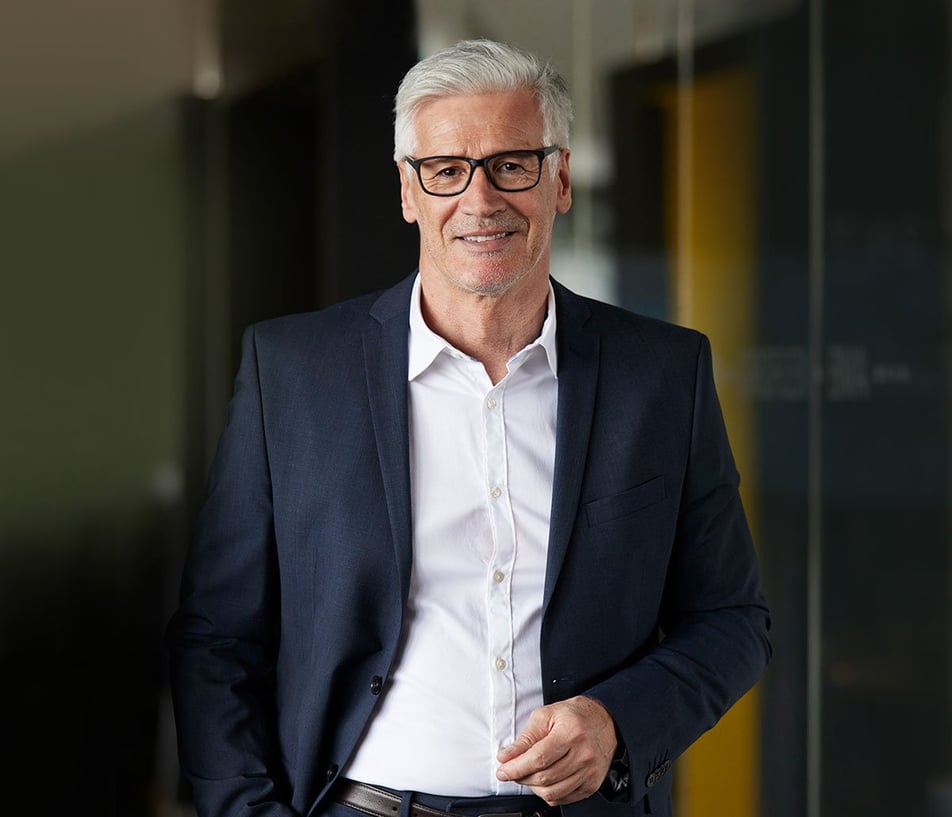

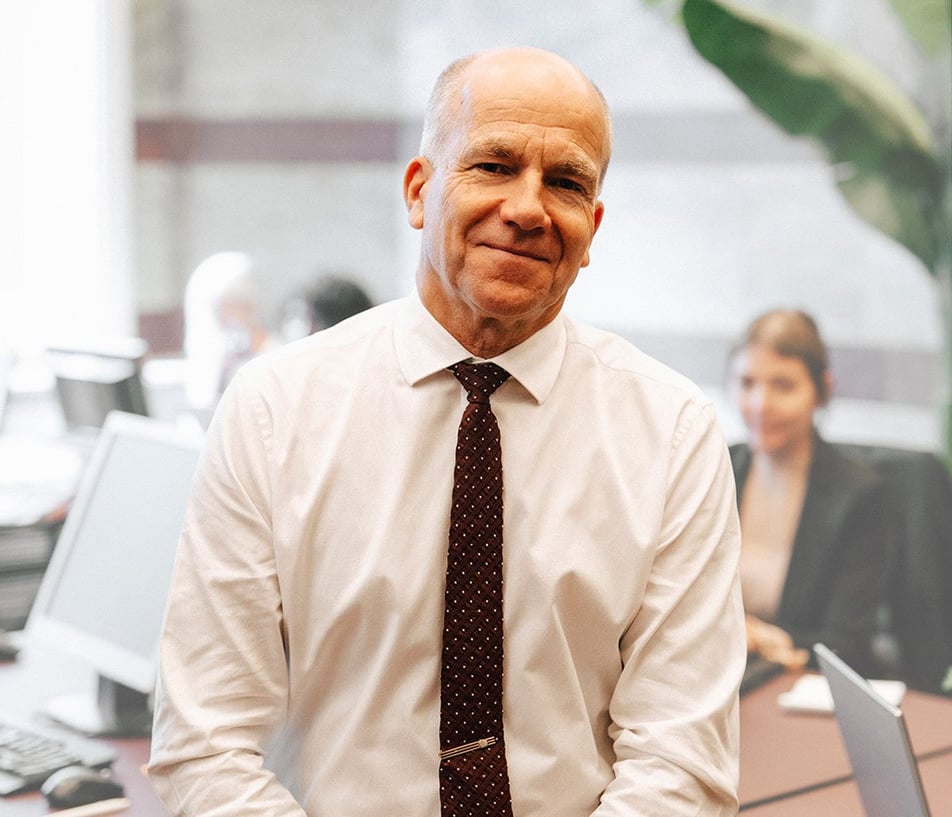
.png?width=400&height=400&name=CT-How_Can_We_Help-22_july_NewGraphic_b(small).png)

.png?width=1386&height=1224&name=2025%20Legal500%20Elite%20Boutique%20Award%20(Badge).png)
.png?width=1386&height=1224&name=ITR%20Finalist%20Practice%20Leader%20of%20Year%20Peter%20Aprile%202024%20(Badge).png)
.png?width=1386&height=1224&name=2025%20Legal500%20Leading%20Firm%20Client%20Satisfaction%20Award%20(Badge).png)
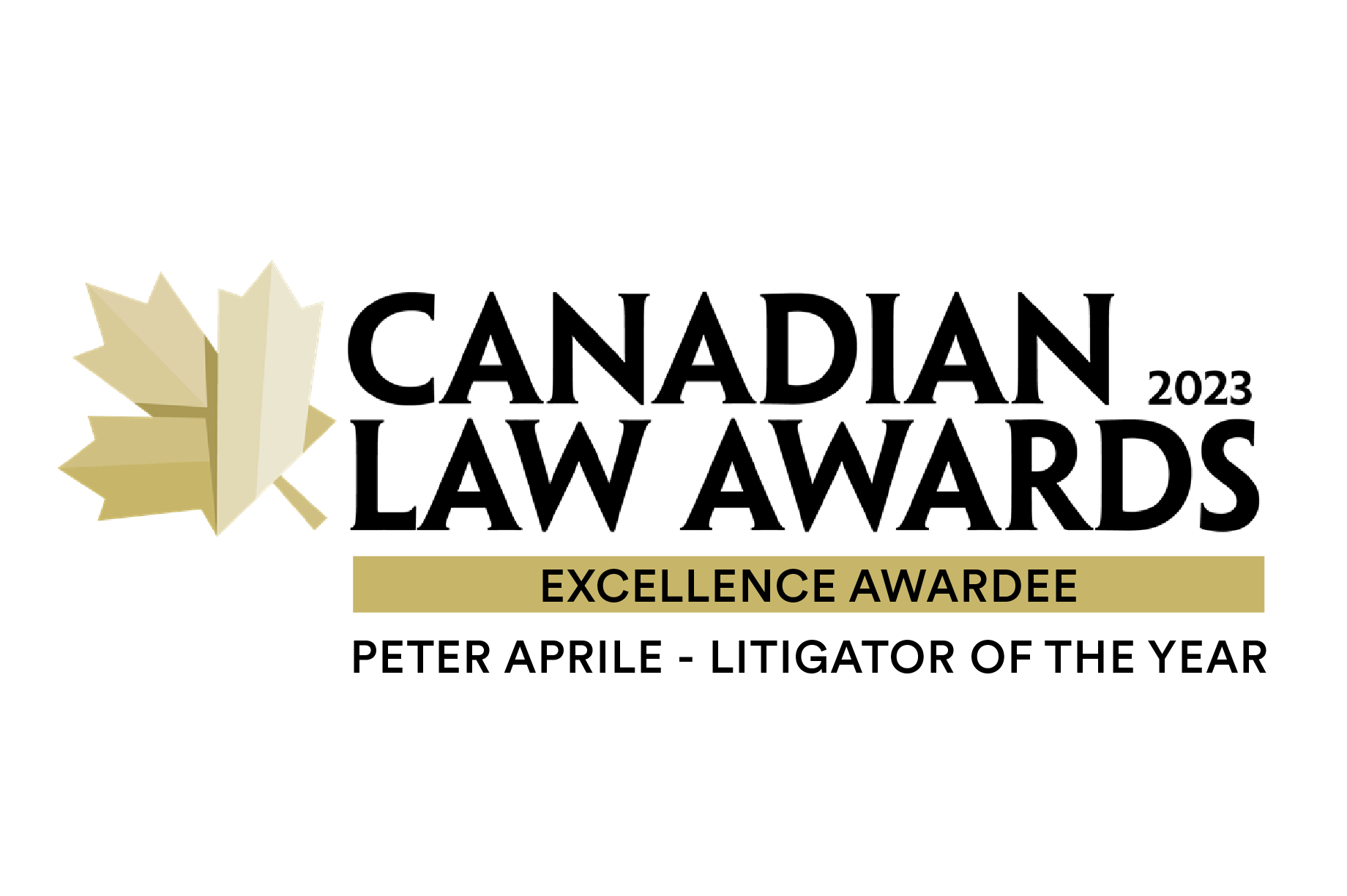
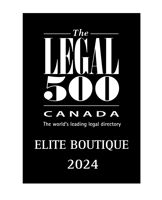


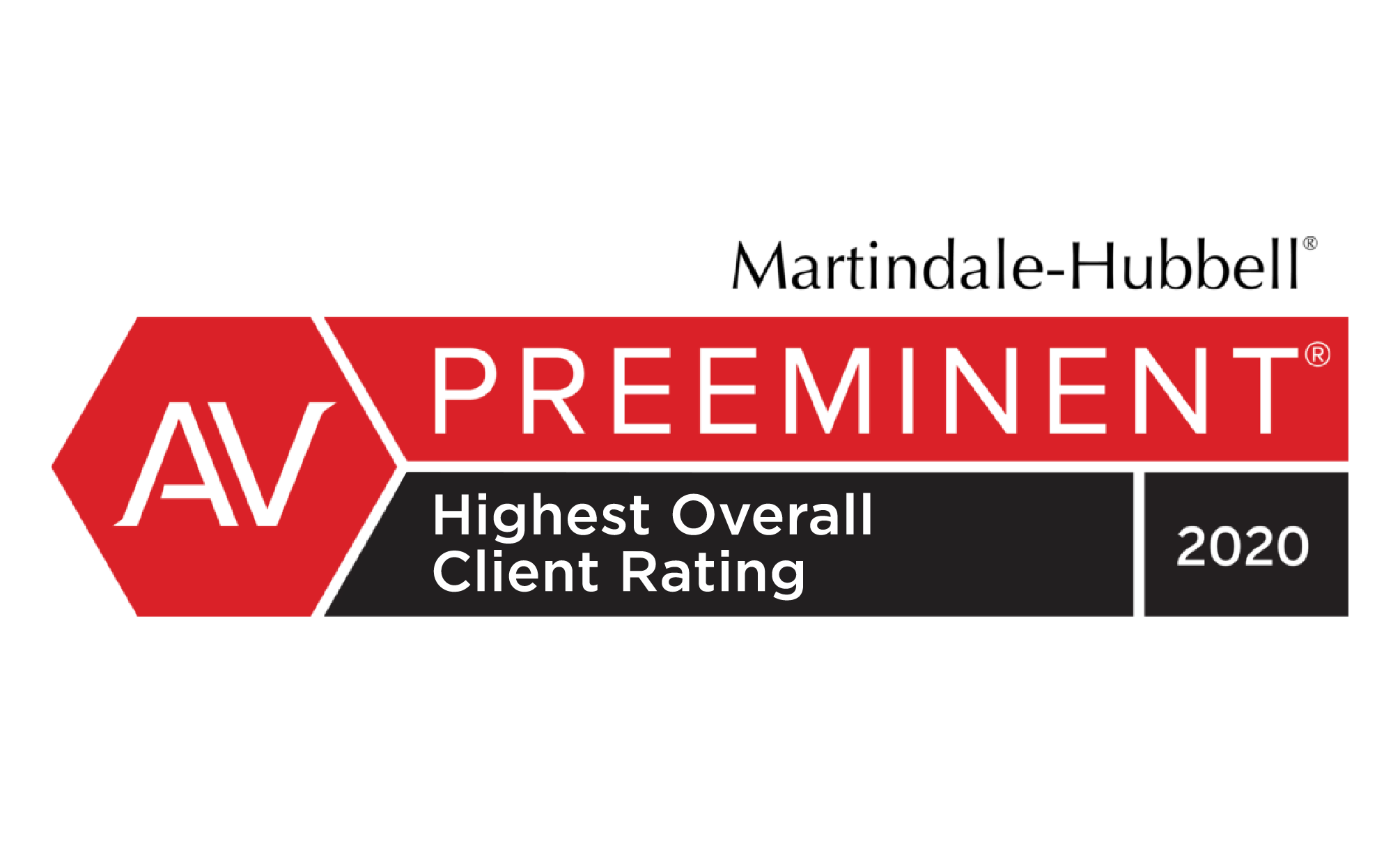
.png?width=1386&height=1224&name=ITR%20Tax%20Innovator%20Finalist%202024%20Award%20(Badge).png)

